Little knowledge of ancient buildings - spatial sequence of ancient buildings
2018-12-21

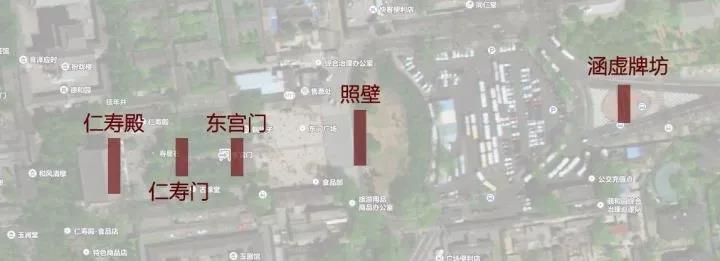
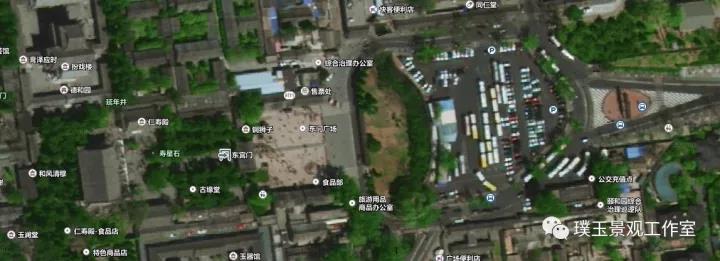
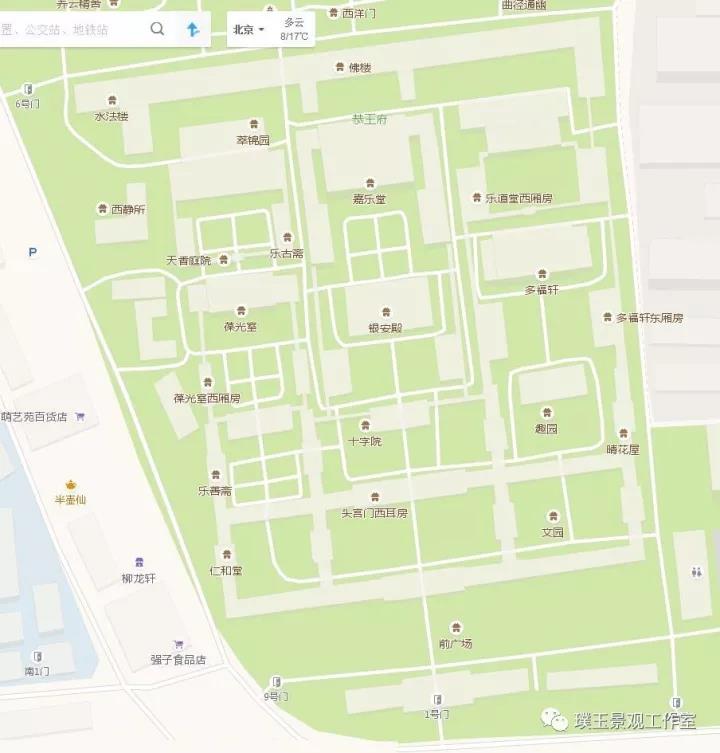
For example, the east palace gate and Prince Gong‘s residence of the summer palace. From the east palace gate, we can see that due to the lack of parking lot, the open space between the screen wall and the memorial archway has been changed into a parking lot and covered with plants, which hides the inherent axis relationship. Imagine that if the parking lot and road are cancelled, well designed and planted as lawn, the artistic conception of the axis will be clearer.
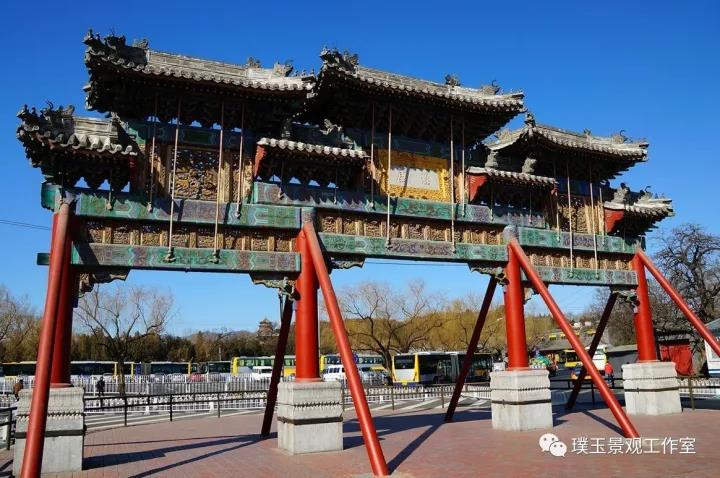

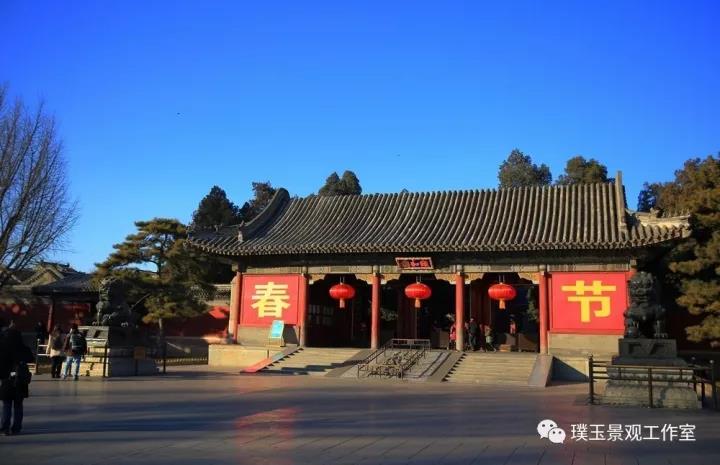
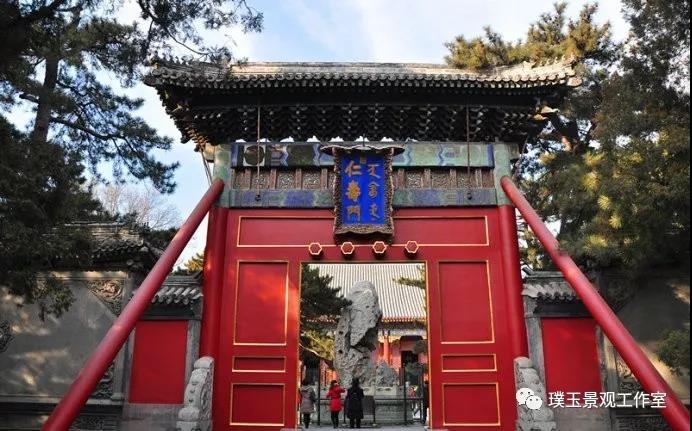
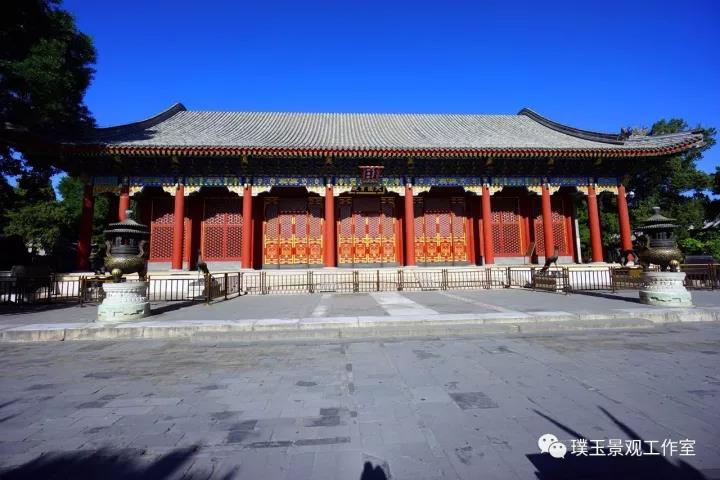
In addition, there was a complete courtyard between the east palace gate and Renshou hall, but a Renshou gate was added in the middle. You will ask why? Renshou hall is used by the emperor for office during summer vacation. After all, it is a resort. It does not particularly emphasize the courtyard with several entrances and exits. A door is added in the middle to separate the space between the minister and the emperor. The minister has to wait in the front half of the courtyard for the pilgrimage and office, and cypress trees are planted; The second half of the yard was where the emperor stayed, and pine trees were planted.
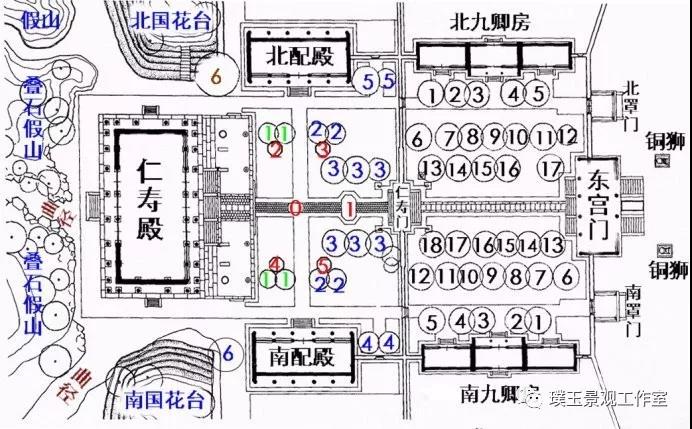
On the flat ground, it is easy to arrange the architectural space according to the axis symmetry. There is no way to arrange the temples and Taoist temples on famous mountains and rivers into an axis symmetry relationship. The ancient people were very smart. Only on the route into the mountain, they were arranged in the order of "archway - Zhaobi - Mountain Gate - Heavenly King‘s Hall - daxionbao Hall - Sutra Pavilion - back garden".
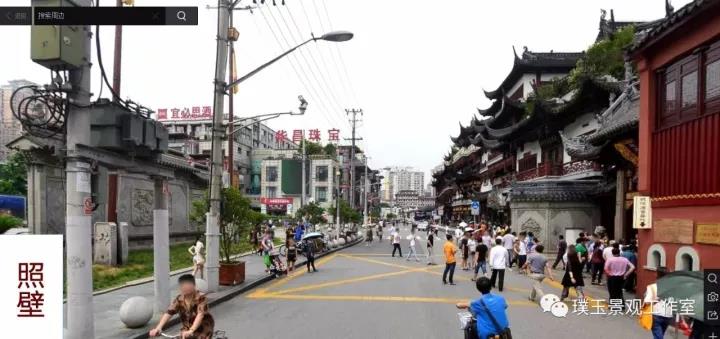
GEOMANCY
-

☞puyukanyu☜ Feng Shui Tips (02) - what is Feng Shui
Guan‘s geography refers to Mongolia: "all things are born to take advantage of the Qi of heaven an..
2016-10-22 Read Acticles > -
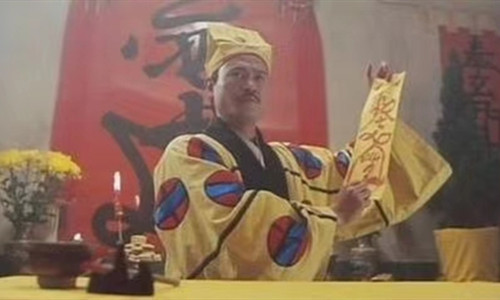
☞puyukanyu☜ Feng shui knowledge series (03)
Feng Shui is divided into shape method (situation school), Li method (Li Qi school), Japanese meth..
2016-11-12 Read Acticles > -
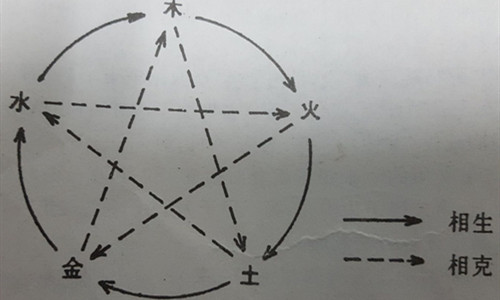
☞puyukanyu☜ Feng Shui small knowledge series (04) - basic principles of Feng Shui
Feng shui knowledge series (04) - basic principles of Feng Shui: the last article talked about the..
2016-12-12 Read Acticles > -
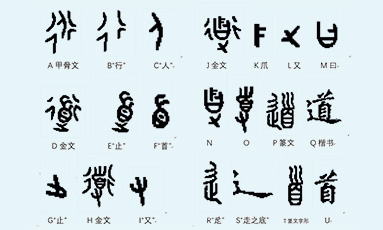
☞puyukanyu☜ Feng Shui small knowledge series (05) - Feng Shui and Chinese traditional philosophy
Feng Shui small knowledge series (05) - Feng Shui and Chinese traditional philosophy. The ancients..
2016-12-25 Read Acticles >
